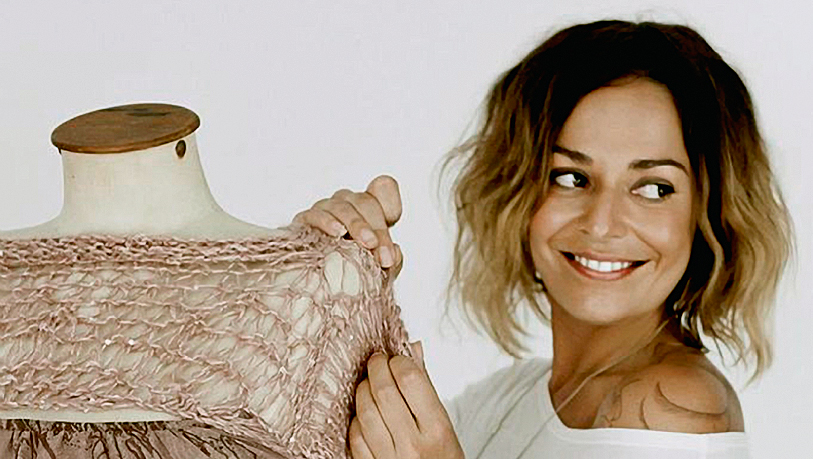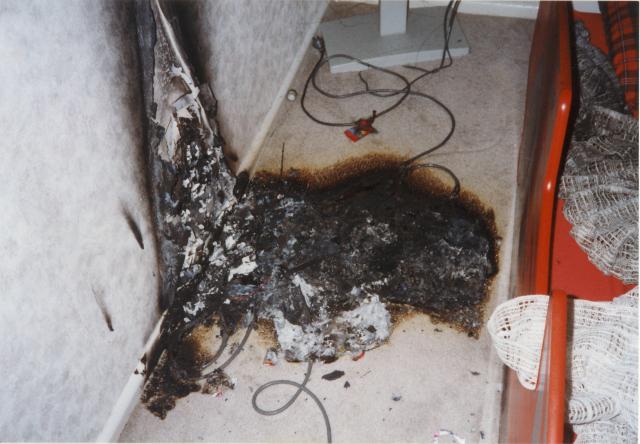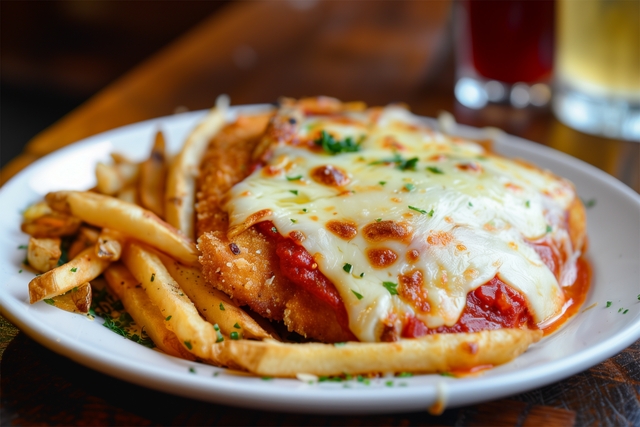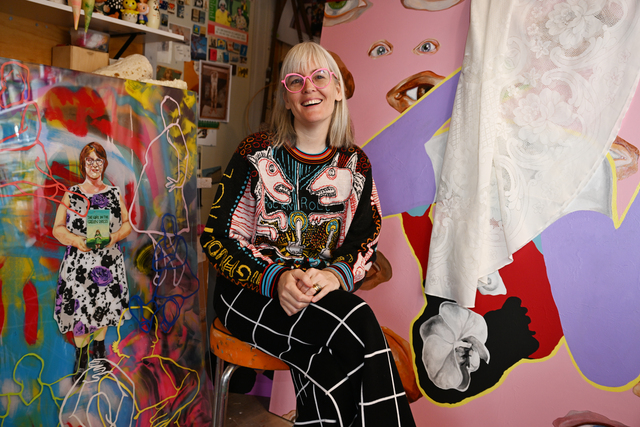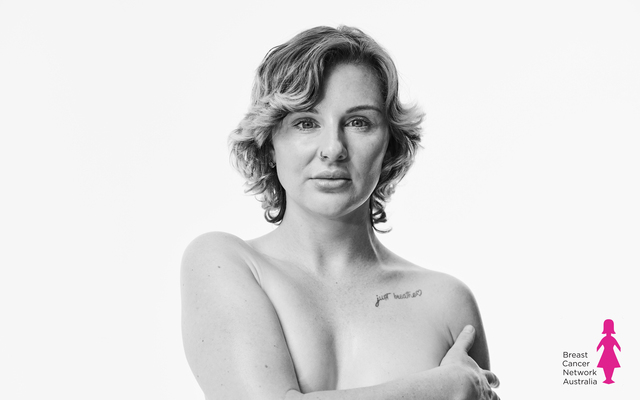When Australian Indigenous Fashion Week makes its debut in Sydney this week, it will be the first event of its kind – with a familiar face flying the flag. Samantha Harris, just the second indigenous model to grace the cover of Australian Vogue since it launched here in 1959 (Elaine George was first in 1993), has been involved in the festival’s model search and 18 finalists have been selected to take part in the historic event.
The so-called fashion week, which actually runs for just two days, is an active step to steer indigenous culture into the mainstream. It will be the first time indigenous designers, models and traditional artists will be under one roof showcasing their talents through runway and trade shows – some strictly for media and buyers, others for consumers.
The arrival of a dedicated indigenous fashion event raises the inevitable question of why it has taken so long for such a showcase to evolve in Australia, but also why indigenous fashion needs its own separate event on top of the abundance of fashion festivals that already dot our calendar.
What is not in question, however, is the organisers’ aim to tap into the national psyche and shift the mindset of those of us more likely to associate indigenous design with the kind you find in galleries, rather than wearable fashion.
AIFW founder Krystal Perkins, who also runs an indigenous event company called All The Perks, says the time is right to showcase indigenous design and art.
“Around 18 months ago we noticed there was no platform that existed on a national basis to highlight Aboriginal and Torres Strait Islander fashion and design,” she says. “Our art is world renowned but what is not so renowned is that a lot of what is made by indigenous artists can also be worn.
“The whole point of this fashion week is to encourage indigenous economic development.”
Perkins is not the only one to have noticed the lack of Aboriginal and Torres Strait Islander representation in the Australian fashion industry. In January, British journalist Anita Sethi wrote an opinion piece published in The Age drawing attention to the shortage of indigenous models at fashion events and on our beauty pages. She’s right – take a look at the 36 editions of Vogue in Australia between 2010 and 2013 and you’ll find only one cover featuring an indigenous face (Harris in June 2010).
Sethi applauds the arrival of AIFW and says the fashion industry’s failure to “use people of a representative range of skin colours to reflect, rather than disguise, the world’s ethnic make-up”, is what drove her away from reading magazines.
She hopes AIFW’s indigenous model search will encourage agencies to sign more indigenous models.
Harris, whose role as a fashion ambassador for David Jones, as well as campaigns for the likes of Country Road and Ellery, has made her one of our best-known indigenous faces, has played a key role in selecting the 18 model search finalists who will walk the runway at AIFW.
“This festival puts indigenous faces in the mainstream,” says Harris, who herself has provided inspiration for young Aboriginal women hoping to try their luck in the competitive industry. “When I told my mum it was going ahead she told me this would never have happened in her time. This is history in the making.”
Harris says, while indigenous models are a minority, that shouldn’t stop them from trying to crack the market. “AIFW will improve confidence in these emerging models while at the same time showing the country and the world that Aboriginal people aren’t just amazing artists, they can be models and designers and a whole lot more.”
One indigenous model already starting to make waves is our cover girl, Charlee Fraser, whose mother hails from the Awabakal people of the mid-north coast of NSW.
The tall brunette, who is working as a mentor with the 18 AIFW model search finalists, grew up in Newcastle and was discovered in her home town by a local photographer Rob Eyre in 2012.
She says, while friends and family had always commented on her striking beauty and told her she should consider modelling, she had never seriously considered it as a career.
Still, just a week after meeting Eyre, she was signed to EMG Models agency, and was soon on her way to New York for editorial meetings, client introductions and to build her portfolio.
In Australia, Fraser has modelled for Marcs, appeared on the David Jones autumn/winter 2014 runway, and in Kevin Murphy campaigns and Black Magazine editorial shoots in print and online.
“I didn’t really want to do modelling, it wasn’t a first choice for me,” says Fraser, who left beauty school to focus on her new career. “Now I love it so much it feels like it’s my calling. I never thought I’d be able to combine my heritage with my career. It’s a real privilege to be able to mix the two with AIFW.”
One of the aspiring models Fraser will work with at AIFW is Grace Atkinson from Shepparton, whose parents have roots in the Bangerang tribe. One of seven siblings, the 24 year old says modelling has always appealed to her.
“I entered the competition via my cousin, who told me about it,” she says. “I didn’t think I would get chosen, but it was amazing to get that phone call and my family is really happy for me.”
Atkinson is the sole Victorian among the 18 finalists, who were chosen by a team of industry insiders, including representatives from Chic Management and AIFW ambassadors Harris and NRL star Greg Inglis.
FRM Model Management scout Stephen Bucknall, who makes a decent dollar from signing models to his ethnic division (he represents the popular Sudanese/Melbourne model Ajak Deng, who is doing well in New York with big names including Givenchy and Marc Jacobs), believes there is a bright future for girls such as Atkinson and Fraser.
“The ethnic division of my business is one of my biggest money earners,” Bucknell says. “There is definitely a push for indigenous Australians and this is probably happening more so since Samantha Harris.
“Samantha was the one who brought it into the spotlight and I feel there will be more to follow. Black and Asian girls are also part of Australia’s culture and identity. There’s an increase for women in this business who look different all the time,” he says.
Of course, the models are just part of the story at AIFW. Fashion commentator and blogger Patty Huntington says the event’s niche focus and the team of indigenous specialists working on the program mark it as groundbreaking.
“It’s the beginning of a new dialogue and it’s a fantastic initiative,” she says.
Huntington says there are many indigenous designers who have previously taken part in fashion festivals in Australia, including Kuwaii, Desert Design and Roopa Pemmaraju – an Indian designer who collaborates with Aboriginal artists on her prints.
Among those showing at AIFW is Mia Brennan, an indigenous designer from the northern NSW coast, and she is thrilled to be taking part. Her label, Mimi Designs, will showcase a trans-seasonal collection on the catwalk – with textures and colours synonymous with her landscape. Think salty greens, mushroom beige and aqua shades, a smattering of flowing silhouettes and breezy patterns.
“AIFW is a massive platform and it actually shows 60,000 years of our culture and how diverse it is,” says Brennan.
“It’s a unique and amazing celebration for designers involved.”
Nadine Von Cohen from The Photo Diner says the indigenous contribution to the Australian fashion landscape has long been overlooked or ignored. But while, she says, an event showcasing the work and talent of indigenous people is a great way to garner publicity and support for indigenous designers, she hopes it will eventually become part of one of the already established fashion weeks, to maximise exposure to a broad local and international media and buying audience.
Janice Breen Burns, a former fashion editor at The Age who now runs her blog Vox Frock, applauds the idea of making room for a cultural minority, but she says AIFW will stand or fall on the quality of what’s on show.
“Something like this will give fashion and those who follow it a better sense of indigenous culture, that it is not just a source of inspiration, it is embedded in something richer and more important than a set of ideas,” Breen Burns says.
“That said, it has to be a quality-controlled event with collections and models at the top of their game in order to be taken seriously.”
» Australian Indigenous Fashion Week starts on April 11. www.aifw.com.au

